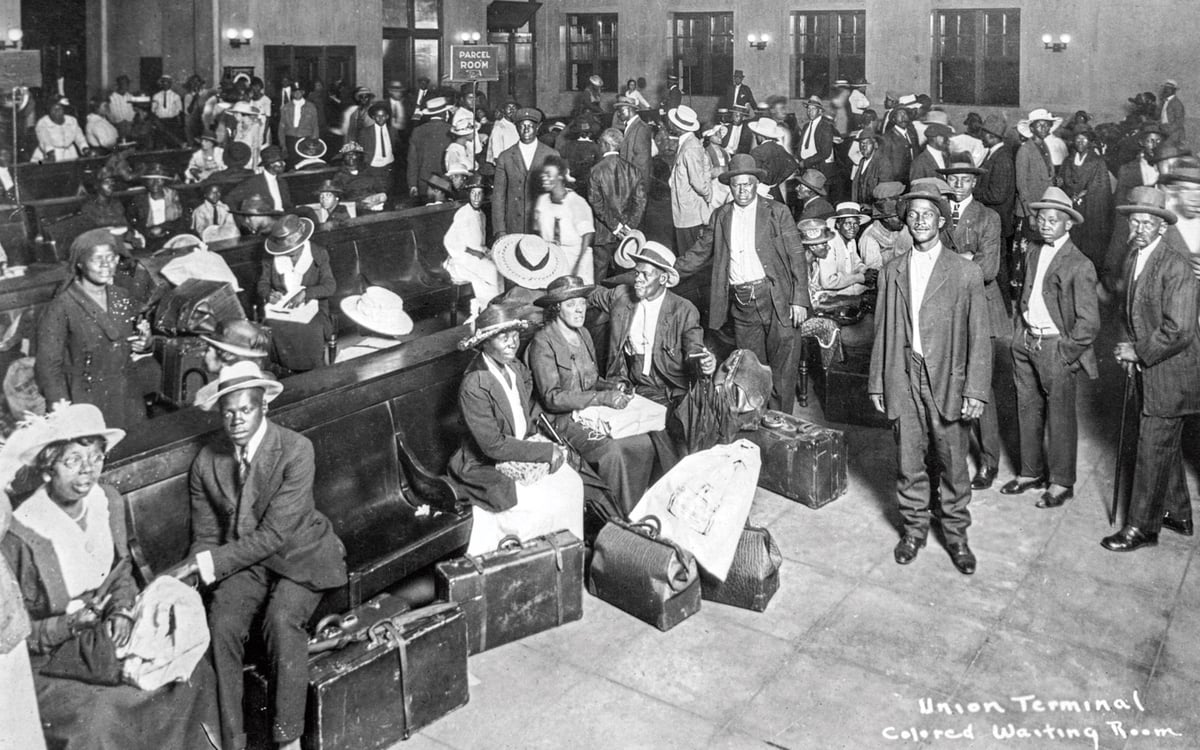Rethinking “The Great Migration”

At CityLab, Brentin Mock makes a compelling case for rethinking the causes and consequences of black Americans’ 20th century relocation from the rural South to the industrialized north.
“The Great Migration” makes it sound like a bunch of people just packed up their bags headed for better jobs and homes—no different than the recent trend of Amazon-ian and Apple-American tech nerds moving in droves from Silicon Valley to greener, more affordable pastures in the former Rust Belt. In reality, the stakes for African Americans in the 20th century were much grimmer and urgent—they were moving to save their lives, as Bryan Stevenson, the racial justice advocate behind the lynching memorial and museum, regularly emphasizes. It probably should be called The Great Massive Forced Exodus.
When you look even closer, the idea of a single migration gets even messier, since black Americans weren’t free from lynching and other forms of violence, legal or extralegal, even after they reached the north. (The Autobiography of Malcolm X, among other books, tells this story very well.)
Race riots, redlining, white flight, followed by gentrification and police harassment continue to have the same effect of alternately pushing and constraining the black population around the country. So what you have is a kind of continual, whirling diaspora, shaped by similar forces, but taking on different forms, that continues to and through the present.





Stay Connected